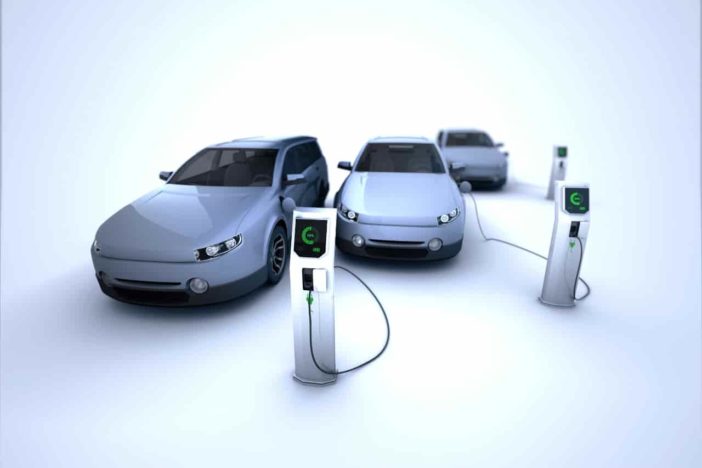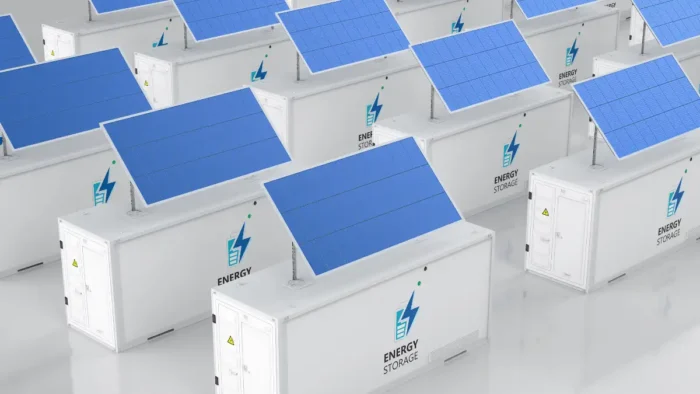People have always come up with creative ways to improvise on transportation, from the early days where the mode of transportation is horse and carriage to today’s bullet trains and aeroplanes. Unfortunately, the automotive industry has always been notoriously inefficient in terms of energy consumption. Now that we are dealing with threats of global warming, electric automotive companies have been looking for ways to make the automotive industry as environmentally friendly as possible.
Over the past few years, electric automotive companies have made great efforts into developing a new standard in automotive manufacturing. These days, you will find a wide range of electric vehicles, including freight trucks, sports cars, bikes, and several other products designed to make traveling easier and more environmentally friendly.
Here are some ways electric automotive companies are adapting their businesses.
1. Components are Changing
Electric cars have different components from gas-powered vehicles. The primary components of an electric vehicle are the battery, motor controller, and electric engine. In order for the vehicle to continue running, its battery must be charged at a specialized power station using ordinary grid electricity. But aside from the lithium-ion battery technologies, other battery technologies are also used to run electric cars, such as lead-acid batteries and nickel-metal hydride batteries. It’s the lead-acid that is the most popular since it’s also the cheapest. The best part is that this battery is 97% recyclable.
The motor controller is another critical component of an electric vehicle as it administers the vehicle’s complete operation as well as the distribution of power. This component also serves as the floodgate between the batteries and the motor, which helps to monitor and regulate all the vehicle’s key performance indicators like the accelerator pedal, battery, motor, and the vehicle’s operator. The third main component of the electric car is the electric engine. Unlike the gas-powered vehicle, which tends to have plenty of moving parts, an electric vehicle comes with just a single moving part.
Aside from the main components, there are other components in an electric vehicle responsible for keeping the vehicle safe, comfortable, and efficient. These are the automotive embedded systems and electronics, usually fitted by trained engineers on embedded systems jobs. Some of the most used embedded systems in the vehicle are the airbag, adaptive cruise control, in-vehicle entertainment system, airbag, climate control, and navigation systems.
2. Recruiting Electrical Specialists
Electric automotive companies are hiring electrical specialists in an increasing number to handle the massive amount of electronics required to run a modern electric vehicle. Aside from dealing with the electronics aspects of the vehicle, these specialists will also be responsible for the safety systems, controls, vehicle-to-vehicle communications, and other important components.
Electrical specialists will also help in designing electric vehicles and autonomous vehicles. Since there is now an increasing number of plug-in electric cars, there is also a rising load on the electric grid. In order to function well, autonomous vehicles need more sensitive and compact sensors, and electrical specialists are required to design this.
Electric automotive companies are also in need of SCADA engineers to fill developer jobs across the UK. These professionals will be responsible for designing, configuring, and deploying systems in manufacturing the various components of electric vehicles. SCADA, which means Supervisory Control and Data Acquisition, is a computer-based system used to gather and analyse real-time data to monitor and control equipment dealing with critical and time-sensitive materials.
3. Business Models Changing
Electric automotive companies are starting to adapt to alternative business models that can help them keep up with the changing customer demands in the electric automotive industry. A shift from ownership to users has become apparent when looking into what buyers are looking for when buying a car, which means that manufacturers of these vehicles have to apply new business models, which focus on shared ownership, flexibility, and even short-term lending.
The need to provide alternative purchase options is due in part to the increasing cost of electric vehicles. While many customers would prefer to drive cars with lower emissions, many cannot afford to purchase one yet. In a McKinsey report, it has been found that one way to boost sales on electric vehicles is to offer alternative schemes, such as providing a fleet of electric cars for hire. Another is to develop peer-to-peer car rental schemes where customers can share the vehicle and split the payment for such vehicle.
The shift towards a more customer-focused approach is partly due to the fact that modern buyers would now prefer to have more control over their purchases. Many of them are willing to shop around to search for the best deals, and they want companies to listen more to their demands and respond to these demands with tailored solutions. Electric automotive companies must take into consideration their relationship with their customers. To remain competitive and relevant in the industry, they have to make the necessary steps to change their business models to make the customers feel that their feedback is being considered and responded to, especially in terms of what these customers want when buying electric vehicles.
4. Using Investment to Improve Technology
As they develop new concepts of electric, autonomous, connected, and shared mobility, electric automotive companies are hastening the speed of technology innovation. In the last decade, the industry earned more than $400 billion in investments. About $100 billion of that were made since the start of 2020. All these investments target companies and startups that work on autonomous driving technology, electrifying mobility, and connecting vehicles. These innovations have helped minimise the cost of electric cars and made it possible for shared electric mobility to become an alternative to owning a car.
Electrification plays a vital role in the transformation of the mobility industry, offering major opportunities in all segments of the vehicle industry. However, the extent and pace of these changes will vary. To ensure fast and widespread adoption of electric mobility, introducing new electric vehicles in the market is the first step. Moreover, the entire mobility ecosystem must work together for a successful transformation, from suppliers, manufacturers to financers, energy providers, dealers, and operators of charging stations.





